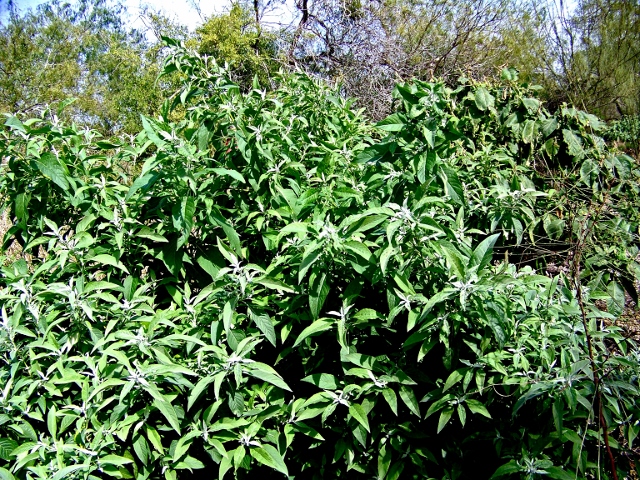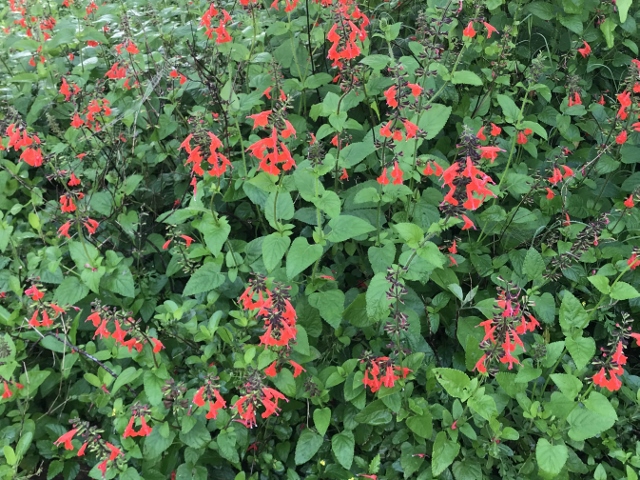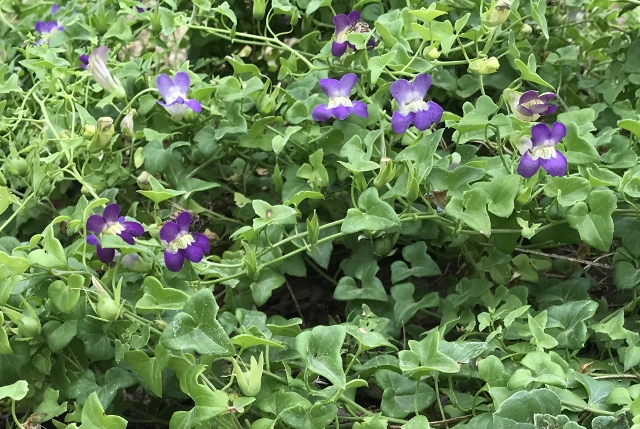By Anita Westervelt, Texas Master Naturalist
You’ve been following this column and rushed out to plant important nectar plants to bring in hummingbirds and butterflies for your summer entertainment.
Your Esperanza, Tecoma stans, (The Monitor, September 7, 2019) is about to bloom. Now is the time to prune it if you want a different shape. It can grow to eight feet tall with an erratic three- to four-foot spread, or trained as a small, single-trunk tree. Esperanza is an important butterfly nectar plant and a larval host to dogface butterfly caterpillars.
Another stand-alone shrub you’ve hopefully planted is Berlandier’s fiddlewood, Citharexylum berlandieri. This large shrub can bloom and berry all year and invite song birds, chachalacas, green jays, mockingbirds and more, to its branches and fruit. The flowers attract butterflies and bees. Give it room to take care of about an eight-foot diameter area of your yard.

Now it’s time to add a few more. The Rio Grande butterfly bush, Buddleja sessiliflora, although a native species, likes a bit of regular watering, but not overwatered. It blooms mid-spring through summer with creamy white to pale greenish tiny flower clusters at the leaf axils. The leaves are a bit hairy, giving the shrub a silvery-gray, cool aura. The shrubs can grow to six feet. Buddleja will be fine in partial sun. It is a good nectar source for butterflies.

Smaller popular native shrubs for summer color are two lantanas: Lantana urticoides and L. camara. Add a crucita, Chromolaena odorata, the fall-blooming mistflower with lavender flowers, and the smaller shrub, heliotrope, Heliotropium angiospermum, and you have important nectar opportunities for a good season of butterflies.
On the smaller plant side, scarlet sage, Salvia coccinea, is perfect for busy people. It loves to re-populate. Start with half a dozen plants in a grouping. The slender, spikey plants can get nearly three feet tall and bloom nearly all year. Their red tubular blooms attract humming birds.

Plant in partial shade to full sun. Scarlet sage will live long and prosperous, even with neglect. New starts can easily be potted up and moved to another location or shared. Once a plant has gone to seed, tales are told of finches latching onto the top of a plant and stripping the seeds right off the stalk, down to the bottom pod. Quite a sight to see, they say.
Snapdragon vine, Maurandya antirrhiniflora, is a delightful, delicate vine with tiny, sturdy heart-shaped leaves and purple and yellow flowers no bigger than a quarter. The vine blooms most of the year and is one of the earliest plants to spring up in late winter; you’ll see blooms by February.

The vine gently meanders through and over other plants without harming them. It is host to common buckeye butterfly and a nectar source for hummingbirds and butterflies. A good plant for a rock or statue garden, it reproduces and survives with limited water and maintenance.
Water plants in well when planting and often for about three weeks to ensure they take hold.
Visit the following link for local growers that offer native plants: https://rgvctmn.org/rgv-plants/.